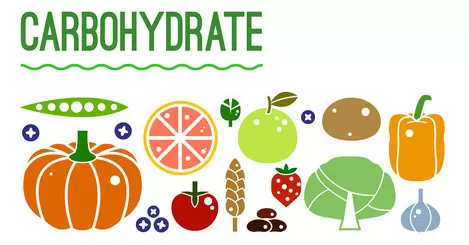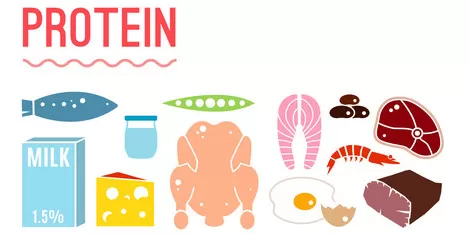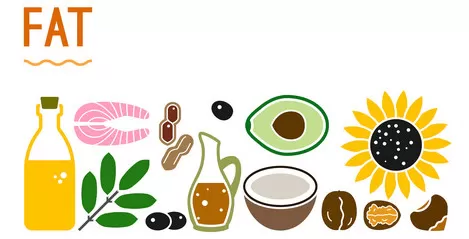Macro is short for macronutrient. Carbohydrates, proteins, and fats are all types of Macronutrients. They are the nutrients your body needs in large quantities for energy. Just about everything you eat is made up of carbohydrates, proteins, and fats. Some fit in one category, others fit in more than one. Each type provides a certain amount of energy per gram, expressed in calories. When exercising to meet your fitness goals, energy from the right sources is even more important.
Carbohydrates
Carbohydrates – or carbs – are the body’s primary fuel. They provide energy for your muscles and the central nervous system during movement and exercise. Carbohydrates are essentially sugar molecules. Carbohydrates that contain longer sugar molecules are called complex carbohydrates and take longer to be broken down by the body.
They are beneficial when compared to simple carbohydrates, like table sugar, which is quickly broken down by the body and can cause a spike in blood sugar. Complex carbohydrates are more fibrous or starchy, and more satisfying, than simple carbohydrates. Complex carbohydrates are found in whole grains such as rice, oatmeal, quinoa, millet.
Fruits, vegetables, and legumes are also types of complex carbohydrates. Whole vegetables, fruits, beans, and grains are bundled with lots of other nutrients—including fiber, which helps you feel satisfied. On the other hand, the carbs in a chocolate chip cookie generally don’t come with the same nutritional perks.
best sources for carbohydrates
- Vegetables-broccoli, cauliflower, squash, greens, cabbage, mushrooms, potatoes
- Fruits-apples, berries, clementines, pineapple, mango, cherries, pears, peaches
- Legumes-lentils, beans, peas
Proteins
Proteins are the primary building blocks of the human body. Proteins help form the tissues found in organs, muscles, bones, skin, tendons, ligaments, and blood plasma. Proteins are composed of amino acids which the body needs for growth, repair, and digestion. There are 20 natural amino acids, 9 of which are essential for survival, some of which are conditionally essential and some of which are dispensable, because the body can produce them itself from other compounds.
best sources for protein
- Animal proteins-seafood, poultry, unprocessed meat, eggs, Greek yogurt
- Whole grains-quinoa, oats, brown rice
- Legumes-lentils, pinto beans, kidney beans, peanuts
- Soy-edamame, tofu, tempeh, soy milk
- Nuts and seeds-walnuts, almonds, pumpkin seeds, hemp seeds
Fat
Fat is vital for the body as an energy reserve, for insulation and protection of your organs, and for absorption and transport of fat-soluble vitamins. Fatty acids come in 4 forms; saturated, monounsaturated, polyunsaturated, and trans fats. Saturated fats are typically found in animal foods like red meat, sausage, cheese, and dairy. Unsaturated fats (mono and poly) are the healthy fats largely found in plant foods like nuts and avocados.
You’ll find DHA & EPA omega -3 fatty acids, important for heart health, in fatty fish. Omega-6 fatty acids are found in certain nuts and vegetable oils and are healthy choices in moderation. For health reasons it is best to eat a balance of all forms of fatty acids.
Unlike carbohydrates, certain fatty acids are essential for humans, just like certain amino acids are in proteins. The body can produce non-essential fatty acids itself, but essential fatty acids such as linoleic acid (LA), an omega-6, and alpha-linolenic acid (ALA; an omega-3) are enzymes found only in nut and seed plants.
Trans fats have no health benefits and can be harmful. Most trans fatty acids are derived from partially hydrogenated fats and oils found in processed and fried foods.
best sources for fatty acids
- Fatty fish-salmon, bluefin tuna, herring, mackerel
- Vegetable oils-olive, avocado, walnut
- Nuts and seeds-flax seeds, chia seeds, pecans, pine nuts
- Other-olives, avocado, soy beans, cheese
The right macronutrient distribution depends on individual health and fitness goals. Having a better understanding of the importance of macros will help you determine which foods are worth it to reach your goals! Tracking your Macronutrients allows you to dial in your diet to your specific needs and can also help you shift your current eating habits to healthier patterns for the long-term.



